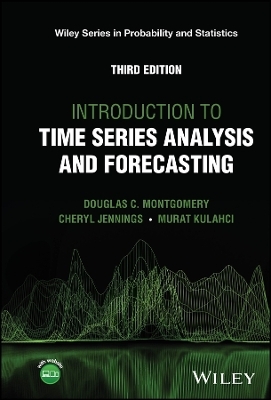
Marking Time: The Epic Quest to Invent the Perfect Calendar
John Wiley & Sons Inc (Verlag)
978-0-471-40421-7 (ISBN)
- Titel ist leider vergriffen;
keine Neuauflage - Artikel merken
For the new millennium, this is a timely history of time. For all the talk of the millennium, one would think the calendar was an established fact of science, as irrefutable as the atomic weight of hydrogen. But as this book points out, the calendar is an evolving invention of our struggle to measure time. "Marking Time" reveals the surprising story of how the modern-day calendar came about and how it has changed dramatically through the years. From the definition of the lunar month by Meton of Athens in 432 B.C. to the roles played by Julius Caesar, William the Conqueror, and Isaac Newton to present-day proposals to reform our calendar, this fascinating read also features "timely" tidbits. For example, New Year's wasn't always celebrated on January 1 - the ball has also dropped on March 1, March 25, September 1, and December 25. And the year 2000 A.D. almost certainly has already happened, as the birth of Christ most likely occurred five years earlier than the current calendar marks it. Duncan Steel (Adelaide, Australia) is the author of "Rogue Asteroids and Doomsday Comets".
He is a research astronomer at the Spaceguard Australia observation project and a specialist on astronomical timekeeping.
DUNCAN STEEL is the author of Rogue Asteroids and Doomsday Comets. He is a research astronomer at the Spaceguard Australia observation project and a specialist on astronomical timekeeping.
Preface. George Washington's Birthday. The Country Parson's Formula. The Cycles of the Sky. Stonehenge and Sothis (Third Millennium B.C.). Meton (432 B.C.), Callippus (330 B.C.), and Hipparchus (130 B.C.). Julius Caesar (46 B.C.). Constantine the Great (A.D. 321). Dionysius Exiguus (A.D. 525). The Synod of Whitby (A.D. 664). The Venerable Bede (A.D. 725). Lady Day. Retrospective Dating. Pope Gregory XIII (A.D. 1582). The Perfect Christian Calendar and God's Longitude. Archbishop Ussher and the Age of the Earth (A.D. 1650). Lord Chesterfield's Act (A.D. 1751). Poor Richard's Almanack. President Arthur Requests (A.D. 1884). Marching to the Same Drummer? Calendar Reform. The Comet of Bethlehem. How Many Days in a Dinosaur Year? Should 2100 Be a Double Leap Year? Epilogue. Appendix A: How Long Is a Day? Appendix B: How Long Is a Year? Appendix C: How Long Is a Second? Appendix D: How Long Is a Month? Selected Bibliography. Index.
| Erscheint lt. Verlag | 13.9.2002 |
|---|---|
| Verlagsort | New York |
| Sprache | englisch |
| Maße | 157 x 235 mm |
| Gewicht | 589 g |
| Themenwelt | Geschichte ► Hilfswissenschaften ► Chronologie |
| Naturwissenschaften ► Physik / Astronomie ► Astronomie / Astrophysik | |
| ISBN-10 | 0-471-40421-7 / 0471404217 |
| ISBN-13 | 978-0-471-40421-7 / 9780471404217 |
| Zustand | Neuware |
| Haben Sie eine Frage zum Produkt? |
aus dem Bereich


